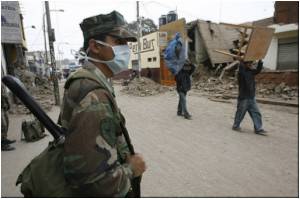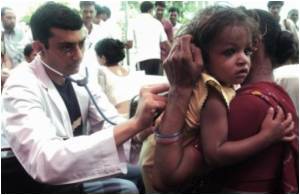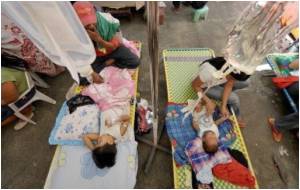People who were exposed to high levels of chlorine gas from events such as an industrial accident, chemical spill following a train derailment or terroristic chemical warfare might face long-term breathing problems due to scarring of the airways. Household mishaps from mixing bleach with acidic cleaning products also can cause release of chlorine gas; if this occurs in a poorly ventilated space, chlorine levels could be high enough to cause lung injury.
University of Louisville scientist Gary Hoyle, Ph.D., School of Public Health and Information Sciences Department of Environmental and Occupational Health Sciences, and his team have uncovered new clues in understanding how epithelial cells - the cells that line the trachea, bronchi and other airways that carry air in and out of the lung - repair themselves after chlorine gas exposure. The findings were recently published in the
American Journal of Physiology – Lung Cellular and Molecular Physiology in the article, Differential Susceptibility of Inbred Mouse Strains to Chlorine-Induced Airway Fibrosis. The research is funded by the National Institutes of Health (NIH) CounterACT program.
"The repair of injured epithelial cells is necessary to restore normal lung structure and function," Hoyle said. "The goal is to prevent scarring or fibrosis in the airways. It is a race between new epithelial cell growth and scar tissue development, and it takes about five to seven days after chlorine exposure for that to begin."
Following chlorine-related injury, Hoyle found that a type of epithelial cells called basal cells initiated the repair and served as progenitor cells – early descendants of stem cells that can differentiate to form one or more cell types. The progenitor cells helped restore new tissue in the airways.
"Structural changes in the respiratory system are difficult to reverse, so understanding how cells function and multiply can help us develop treatments to prevent scarring and subsequent asthma-like breathing problems that affect for a life time some people who've experienced high levels of chlorine exposure," Hoyle said.
This type of lung injury also can be caused by other types of industrial chemicals including ammonia, methylisocyanate and sulfur dioxide.
Source-Eurekalert









